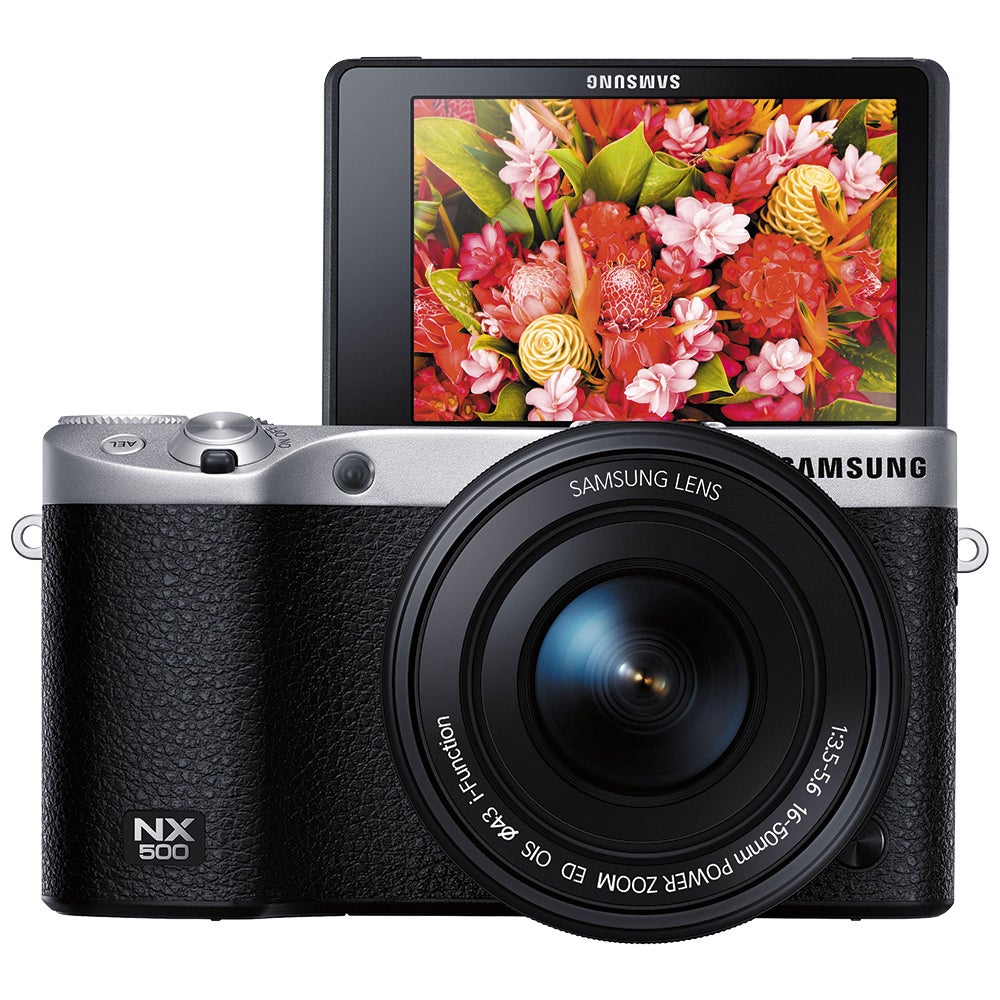In this article, we look at the OLED display, providing a guide to what it is for, and how it works
More and more camera screens and electronic viewfinders are now using an OLED display, or Organic Light Emitting Diode. It is also making inroads into TV panels as a high-quality (and, unfortunately, high-cost) alternative to LCD, and quite a few smartphones use it too.
What are the OLED display advantages compared to traditional LCD displays? Primarily, OLED is an ‘emissive’ technology and each OLED display dot is an individual light source. When the display is black it consumes very little current and the black level achievable is very dark compared to LCD, which relies on a back light illuminating the whole panel – even when it’s black – and coloured filters for each display dot. Viewing angles are very good with almost all OLED displays, while only certain types of LCD deliver wide viewing angles without colour and brightness shifts. OLED can produce a punchy and well-saturated display.
To be honest the OLED displays impact has been greatest with smaller displays, which is why it has enjoyed success in cameras and smartphones. LCDs tend to offer a higher maximum brightness, which translates into better visibility in bright sunlight. On the other hand the OLED display can be easily made curved or even flexible, so look out for new developments in the pipeline. As it is relatively new technology there are some unanswered questions, including longevity, especially as inorganic LEDs have a reputation for lasting a very long time, and there is some evidence that the OLED display is more susceptible to screen burn-in. In the area of electronic viewfinders OLED displays should be seen a lot more.





